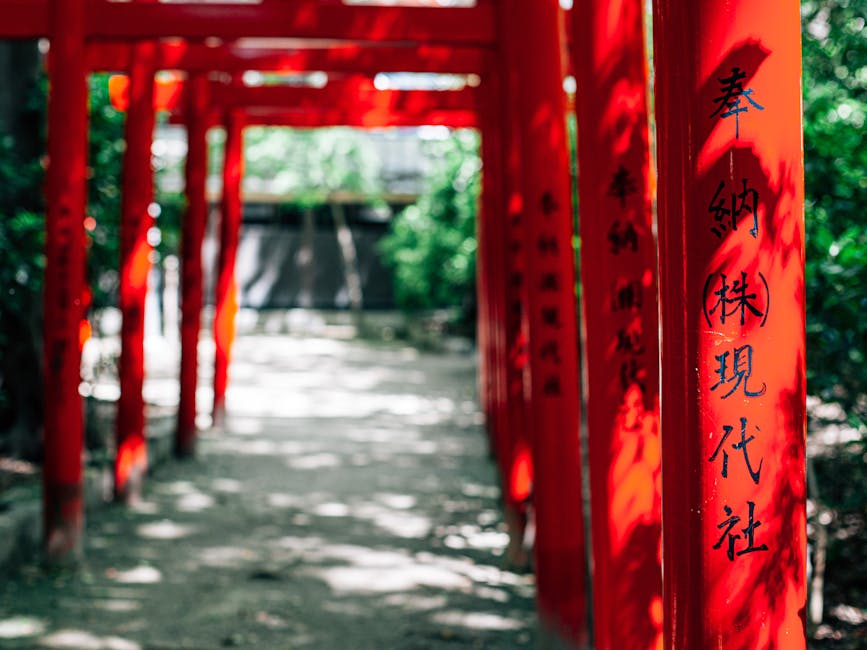
Consider the image of a Scottish Highlander in a tartan kilt, bagpipes playing, evoking centuries of ancient clan history. Or perhaps the serene ceremony of a Japanese tea ceremony, perfected over generations. Many of the cultural traditions we readily associate with timeless heritage—unbroken threads stretching back into the mists of history—are, in fact, relatively recent creations. They are not necessarily organic developments from deep antiquity, but often deliberate constructions, formalized and popularized to serve specific purposes within a society.
This notion, famously explored by historians like Eric Hobsbawm and Terence Ranger, posits that many so-called “ancient” customs were intentionally “invented” during periods of rapid social change, nation-building, or political upheaval. These inventions weren’t always acts of outright fabrication; sometimes they involved selecting certain elements from existing customs, formalizing vague practices, or simply reviving dormant rituals with new meaning. The objective was often to foster a sense of shared identity, legitimize authority, or provide social cohesion during times of instability. The process highlights the dynamic and fluid nature of culture itself, demonstrating how even our most cherished traditions are shaped by human intent.
One compelling example is the very Scottish kilt and tartan pattern. While individual clans certainly had preferences for certain color combinations or fabric designs, the idea of a specific, ancient tartan pattern unique to each clan, along with the uniform Highland dress, was largely codified and popularized in the late 18th and 19th centuries. This period followed the Jacobite rebellions and the subsequent ban on Highland dress, creating a void that romantic nationalism later filled. English writers and artists, fascinated by the perceived “wildness” of the Highlanders, along with entrepreneurial weavers, helped standardize and market these new conventions. The “tradition” of clan tartans, then, became a powerful symbol of Scottish identity, despite its comparatively modern origins.
Similarly, the concept of Bushido, the “way of the warrior” in Japan, is often presented as an ancient, unchanging moral code passed down through samurai generations. While elements of martial ethics certainly existed, Bushido as a distinct, formalized philosophical system was largely constructed in the late 19th and early 20th centuries. It emerged during Japan’s rapid modernization, as the nation sought to forge a distinct national identity separate from Western influence, yet capable of competing on a global stage. Writers and scholars drew upon historical texts, Confucian ethics, and Shinto principles to synthesize a coherent code that emphasized loyalty, honor, and self-discipline. This newly formalized tradition served to instill national pride and discipline among the populace during a period of intense societal transformation.
Nations also invent traditions to create a sense of continuity and stability when facing new challenges. The ubiquitous Christmas tree, for instance, often feels like an ancient European social custom. While winter solstice greenery has deep roots, the decorated evergreen tree as a central Christmas icon gained widespread popularity in Germany in the 19th century, spreading to England via Queen Victoria’s German husband, Prince Albert, and then globally. It became a powerful symbol of family unity and celebration, adapting an older custom into a new, broadly embraced tradition that cemented family culture in modernizing societies. Such instances illustrate how human creativity and societal needs intertwine to shape our understanding of heritage.
These “inventions” are not necessarily deceptive. Instead, they demonstrate the active role society plays in constructing its own past and present. They become genuine, meaningful, and functional traditions because people adopt them, imbue them with significance, and pass them on. The power of these traditions lies not in their verifiable antiquity, but in their ability to unite communities, articulate shared values, and provide a sense of belonging. They are the narratives a people tell themselves about who they are and where they come from, helping to define their collective identity.
Understanding this dynamic process allows us to view our own cultural practices with a renewed sense of curiosity. Which aspects of your community’s or nation’s history, often presented as immemorial, might have more recent, deliberate origins? Recognizing how traditions are shaped and evolve helps us appreciate their profound impact on human experience and collective identity, reminding us that culture is a living, breathing entity, constantly being reinterpreted and remade.